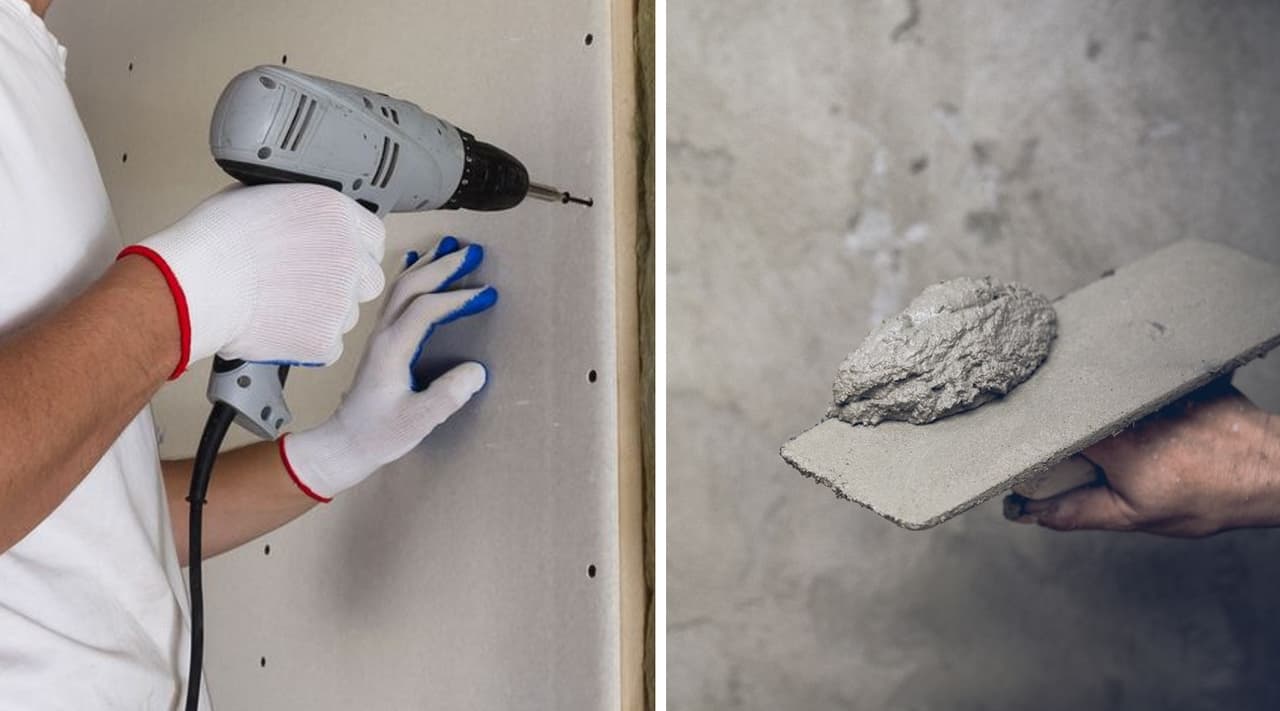

The larger cavity in the frame wall can be insulated. It is better to add the insulation directly to the exterior of the frame wall and then incorporate the appropriate air barrier, drainage plane and siding, unless the specific product and its installation directions account for these requirements. Furthermore, insulating over the surface of an exterior wall that includes a drainage plane air space will simply not be very effective. A frame house with a brick veneer usually has a 25 to 50 mm (1 to 2 in.) air space between the bricks and the frame wall as part of the drainage plane. The wall construction also affects details that can interfere with the insulation, including top and bottom plates, fire stops, blocking, plumbing, wiring and heating ducts. Different construction techniques determine the size of the cavity and ease of access from either the interior or exterior. Make sure the space is fully air sealed.įrame walls have a cavity that may be insulated.

Where block walls form the party walls between housing units, air leakage often occurs in the space between the block wall and the interior finish. Instead, seal all possible air leakage routes into the block wall and ensure that the top course of blocks is capped. Insulating the cores offers minimal thermal resistance since the block’s internal webs and mortar will continue to act as thermal bridges. Never insulate these cavities or plug their drain holes.Ĭoncrete-block walls usually have hollow cores that allow air circulation within, increasing convective heat losses. Many solid walls, including double brick walls (see Figure 7-1), have a small cavity, generally less than 25 mm (1 in.), which is a drainage plane that collects and drains water out of the wall.

The only option is to add insulation to the exterior or to the interior. Solid walls – built of brick, stone, concrete block, log or wood plank – do not have a cavity that can be insulated. There are three main types of wall construction used in Canadian houses.


 0 kommentar(er)
0 kommentar(er)
